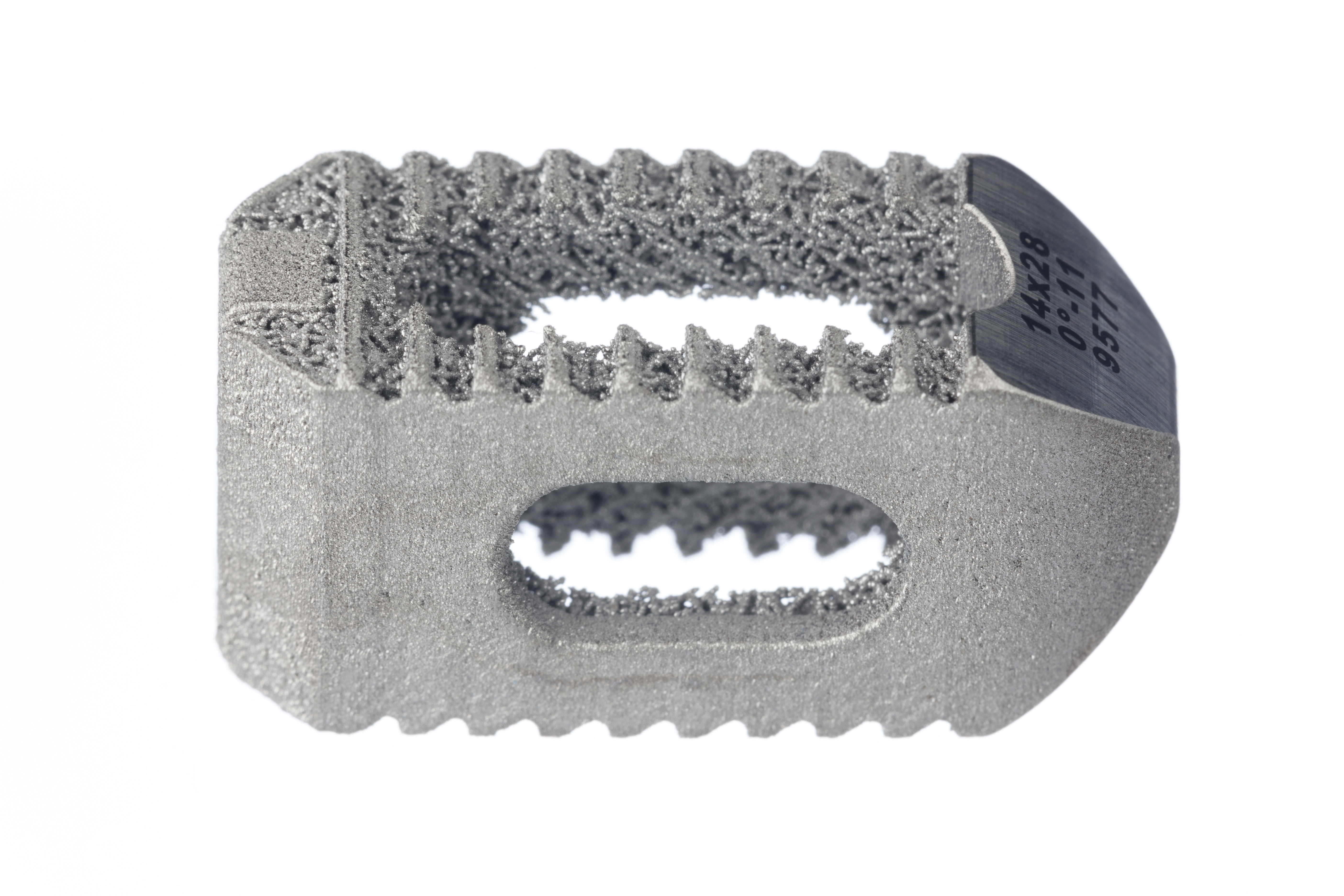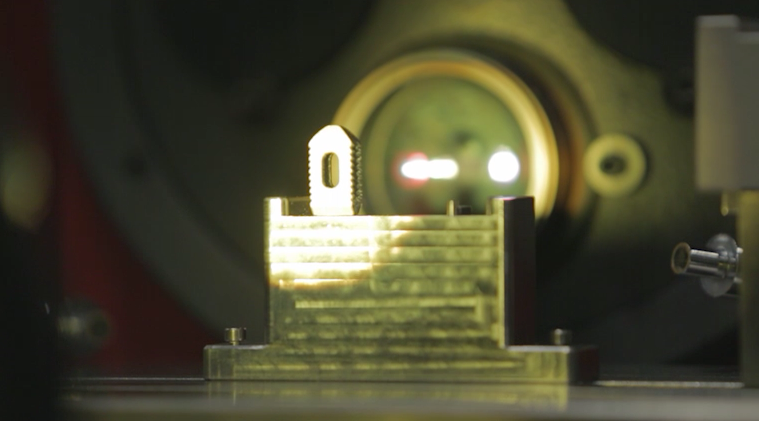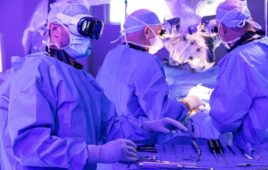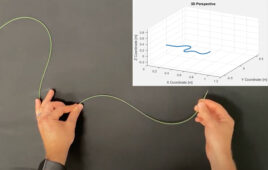Additive manufacturing technology has the ability and flexibility to create previously unmanufacturable geometries, produce minimal waste, and potentially offer improved product development speed. These capabilities are being used by Stryker’s Spine division to combine highly porous structures with solid structural elements in designs that cannot be manufactured using traditional manufacturing techniques.
Stryker has been a leader in additive manufacturing since 2001, when the company began collaborating with academic institutions with the goal of investigating the feasibility of additive manufacturing technology for controlling porosity during manufacturing.
Additive manufacturing is now making important contributions in knee and hip surgery, and, more recently, in spine surgery with the introduction of Stryker’s Tritanium Posterior Lumbar Cage. Developed with input from leading spine surgeons, the cage aids in lumbar spinal fixation as an adjunct to fusion for patients with degenerative disc disease, defined as back pain of discogenic origin with degeneration of the disc confirmed by history and radiographic studies, as well as grade 1 spondylolisthesis and degenerative scoliosis.

(Image credit: Stryker)
In lumbar spinal fusion procedures, advancement of bony fusion at the target levels is the cornerstone of a successful clinical outcome. In an effort to enhance the biologic fixation potential of implants, the scientific community has focused on porous metal implants in the hope of establishing a material similar in structure and mechanical properties to bone.
Studies also have sought to understand which geometry and pore size would provide an optimal environment for cells to attach and multiply within this structure. Additive manufacturing made possible the creation of Tritanium, a material with precise porous structures that resemble cancellous bone, a type of spongy bone tissue found in vertebral bodies. Stryker’s proprietary Tritanium In-Growth Technology, used to build the Tritanium PL Cage, was designed for bone in-growth and biological fixation.
Additive manufacturing and, more specifically, metal powder bed fusion technologies have developed rapidly in recent years, and Stryker continues to invest in research and development of the software and hardware that support these technologies, as well as the expansion of production capabilities and product applications.
The specific type of additive manufacuting technology used to build the Tritanium PL Cage employs a focused laser beam to melt layers of metal powder in a fusion bed. The company began investigating laser powder bed fusion technologies in 2001, focusing on the feasibility of the technology for controlling porosity during manufacturing.
During the next eight years, Stryker developed an innovative approach to modeling and manufacturing porous structures using additive manufacturing, and worked with hardware and software companies to develop production capable systems. Stryker is now bringing additive manufactured implants to spinal procedures.
“Spine surgeons need a lumbar cage that has the capability of bony integration or bony in-growth, as well as radiolucency so that they can evaluate the fusion long term,” says Wellington Hsu, MD, orthopaedic surgeon at Northwestern Medical Group.

Over 750 checks are utilized to ensure precise design in the the implants. (Image credit: Stryker)
The Tritanium PL Cage has large lateral windows and open architecture, allowing for visualization on CT and X-ray. It has fully interconnected pores spanning endplate to endplate. The Tritanium PL Cage received 510(k) clearance from the U.S. Food & Drug Administration in November 2015.
Additive manufacturing provides opportunities for reducing product development lead times, while simultaneously incorporating more innovative design features that would be difficult or impossible with traditional manufacturing processes.
The flexible nature of additive manufacturing has allowed for rapid and cost-effective prototype development, design iteration, and fine-tuning of pore size and structure, which Stryker plans to leverage for additional Tritanium spinal implants in the future.
Bradley Paddock has served as president of Stryker’s Spine division, based in Allendale, NJ, since 2014. Stryker makes and sells more metal implants using additive manufacturing than any company in the world.




